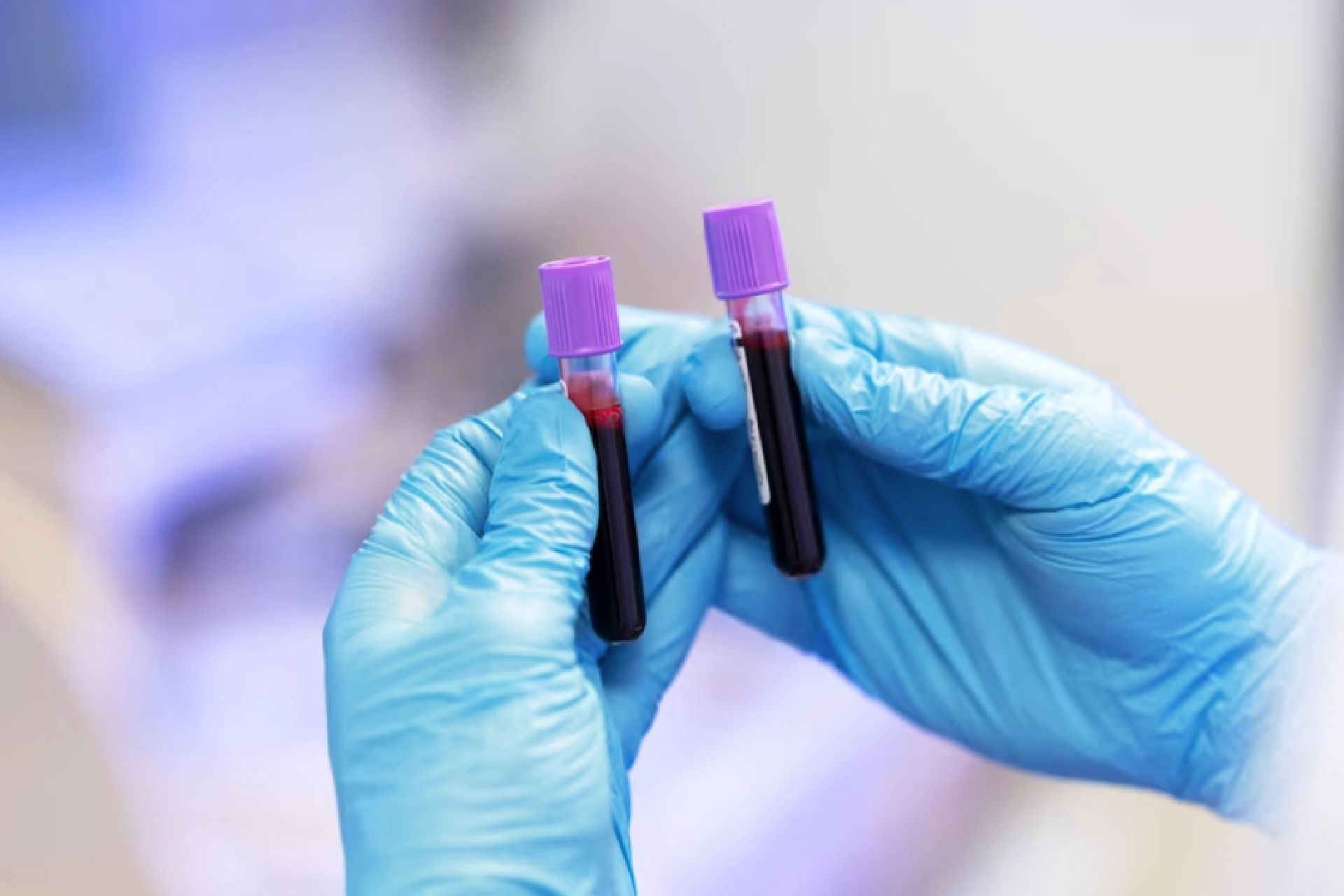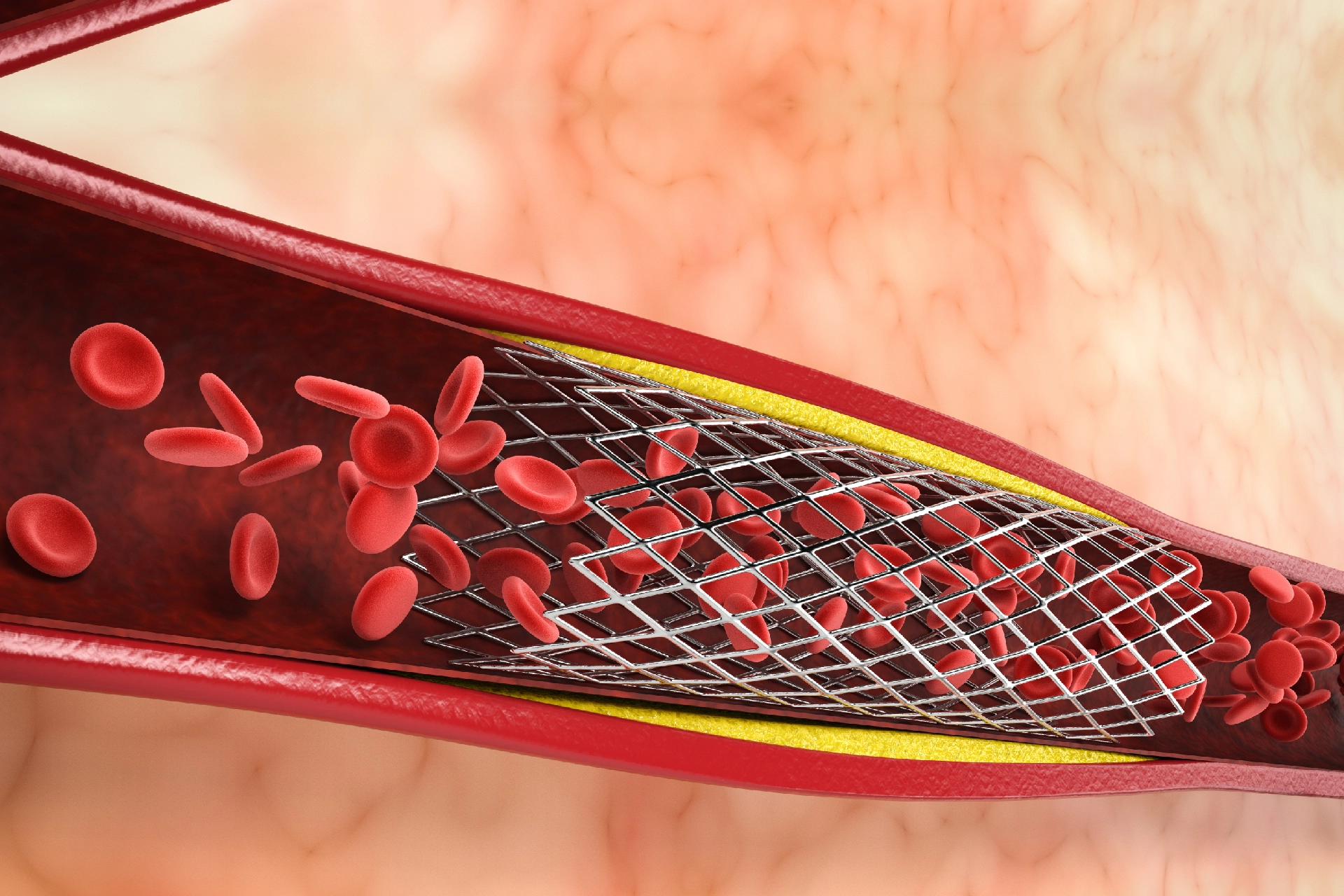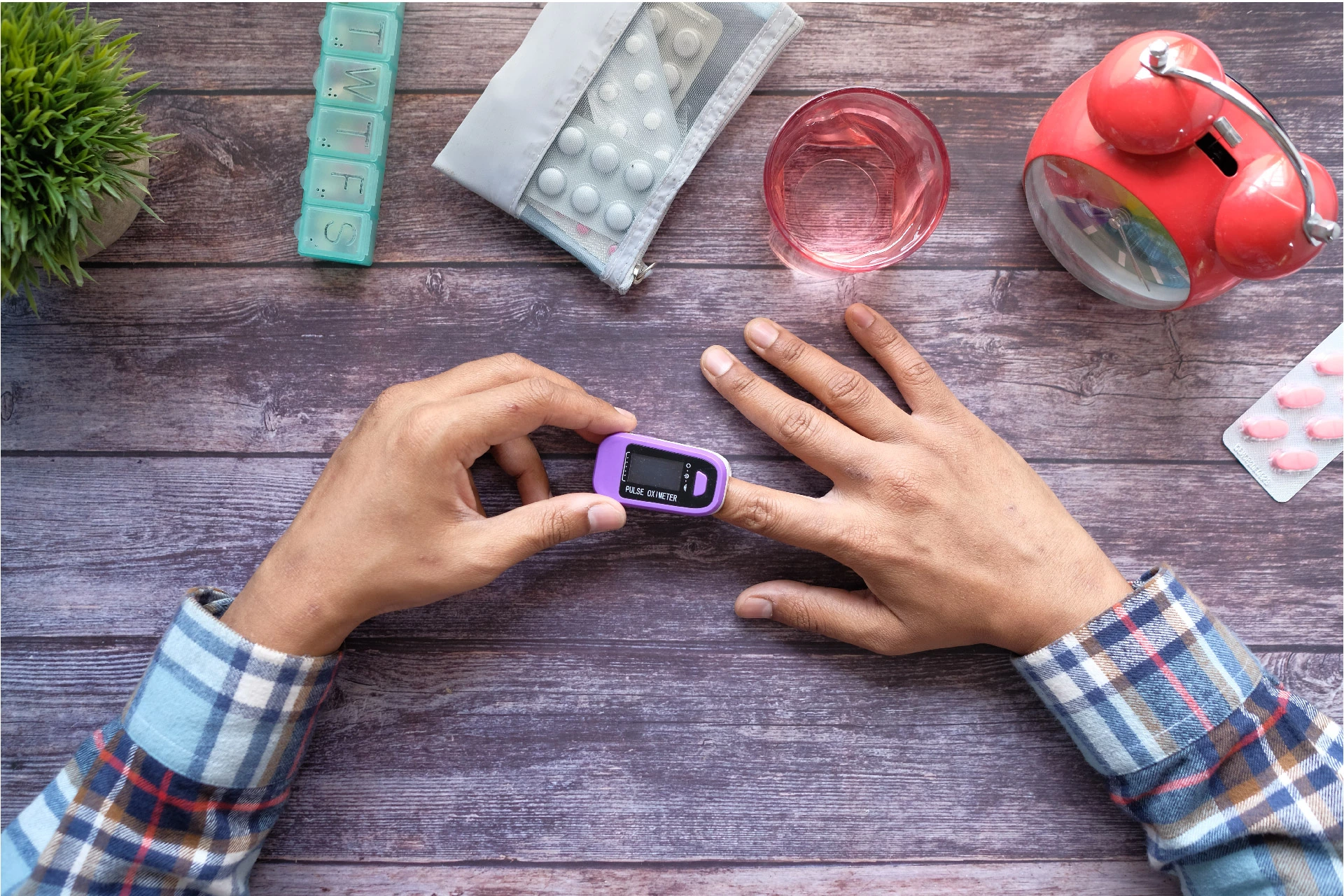Health Tests | 4 min read
Lipid Profile Test: Why is It Done and What are The Different Levels?
Medically reviewed by
Table of Content
Key Takeaways
- A lipid profile helps determine genetic diseases and risk of heart ailments
- Your lipid profile normal range may vary depending various conditions
- Doctors use it to check cholesterol level if you are facing cardiac issues
A lipid profile or lipid panel test aims to find certain genetic diseases and calculate your risk for heart diseases. With this procedure, experts can check cholesterol level and triglycerides in your blood. Your doctor may order a lipid profile test for many reasons. It may either be a regular check-up or to monitor your cholesterol. Your response to medication or diagnosing any other medical condition may also be the purpose.
The test measures 5 different types of lipid present in your blood. The test is also known as
- Lipid test
- Coronary risk panel
- Fasting or non-fasting lipid panel
- Cholesterol panel
To know more about the different lipid types, the purpose of the procedure, and the lipid profile normal range, read on.
What Are the Types of Lipids?
The five different types of lipid in a lipid profile test are
This is the total count of cholesterol in your blood. It includes HDL, LDL, and VLDL.
- High density lipoprotein (HDL)
This type is known as good cholesterol. It carries the excess cholesterol back to your liver. This helps prevent build-up of plaque and lower the risk of heart issues.
Additional Read: What is Good Cholesterol and How Does it Differ From Bad Cholesterol?
- Low density lipoprotein (LDL)
LDL is often referred as the bad cholesterol. A high number of LDL increases your risk of plaque build-up and heart diseases.
- Very low density lipoprotein (VLDL)
This type is usually low in number if your blood sample was taken after fasting. A high number after fasting may indicate an abnormal lipid metabolism.
- Triglycerides
This is a kind of fat which your body forms from excess calories. An increased amount of triglycerides may indicate pancreatic inflammation or a heart condition.
A lipid panel may also measure the ratio of cholesterol to HDL, or the ratio of LDL to HDL. Note that near about 72% of Indians have low count of LDL and 30% have high triglycerides.
Why Is a Lipid Profile Done?
A high cholesterol level does not have any signs or symptoms. That is why doctors recommend going for regular health checkups. A lipid profile test details out information about the cholesterol present in your blood. With its results, your doctor can determine various things such as:
- Cholesterol levels
A lipid profile is done as a routine test to monitor your cholesterol levels. If your levels are not within the range, a lipid panel may be ordered to monitor them.
- Risk of heart attack or other heart conditions
A lipid profile tests your cholesterol levels, which helps determine the risk of plaque build-up. An excess of plaque may lead to blocked or narrowed arteries.
- Any underlying health condition
A lipid panel may also help detect any underlying condition such as a liver disease, pancreatic inflammation, chronic kidney disease, or hypothyroidism.
- Response to treatment
It also helps your doctor determine how you are responding to certain medication or lifestyle changes.
What Should You Keep in Mind Before a Lipid Panel?
A lipid panel is done through a blood sample. Collectors first check for a vein that is easily accessible. The vein is usually located at the other side of your elbow or your inner arm. Then they disinfect the area and draw your blood inserting a needle. After that, they put a bandage over the pricked area. You may need to fast for 10-12 hours for a lipid profile test. After the procedure, you may get your results within 1-2 days. The lipid profile test price will depend on the hospital or lab you visit.
Additional Read: Cholesterol Diet Plan: Best Foods and Diet to Lower CholesterolWhat Are the Normal Ranges?
Lipid profile is measured in milligrams per deciliter of blood (mg/dL). The lipid profile normal range is as follows [1]
Total: Below 200 mg/dL
HDL: Above 60mg/dL
LDL: Below 100 mg/dL for healthy people, below 70mg/dL for diabetics
Triglycerides: Below 150 mg/dL
If your lipid profile shows that your levels are not within the normal range, it does not necessarily mean that you are at risk. A healthy lipid profile range depends on various factors such as age, family history, and medications. However, if you notice anything different or show any signs of a health condition, contact your doctor immediately. For regular check-ups, you can easily book health care packages on Bajaj Finserv Health. This will make regular testing easier and more affordable for you.
References
Disclaimer
Please note that this article is solely meant for informational purposes and Bajaj Finserv Health Limited (“BFHL”) does not shoulder any responsibility of the views/advice/information expressed/given by the writer/reviewer/originator. This article should not be considered as a substitute for any medical advice, diagnosis or treatment. Always consult with your trusted physician/qualified healthcare professional to evaluate your medical condition. The above article has been reviewed by a qualified doctor and BFHL is not responsible for any damages for any information or services provided by any third party.





